How to Write a Personal Statement for a Foundation Art Course
When applying for a foundation art course, writing a personal statement is an important part of your application. This statement is your opportunity to showcase your creativity and passion for art, as well as demonstrate why you are a suitable candidate for the course. Since foundation courses often lead on to University, this is a great opportunity to fine tune your personal statement writing skills, it can also help identify areas of art you may need more training in.
In this post, we will provide 6 tips and guidelines on how to write a personal statement that will help you stand out and increase your chances of being accepted into a Foundation Art course.

6 tips for writing a personal statement - for an Art Foundation course
Understand the purpose of a personal statement, research the course and school, be specific, show your commitment to art.
- Be unique
Proofread and edit
A personal statement is a written document that highlights your experiences, achievements, and goals - both academic and extra-curricular. It is a perfect opportunity for you to demonstrate to the course provider why you are a good fit for the program and how you will contribute to the school's artistic community. Your personal statement should be unique and reflect your personality and interests.
Ideally, your personal statement will be around 70% on why you would be a good student for the school to take on and why you want to study Foundation Art. The remaining 30% should focus on who you are and what you have done outside of school and academia, such as community art projects.
Before you start writing your personal statement, spend some time researching the Foundation Art course and the school you are applying to. It's easy for admissions staff to spot who has researched and who hasn't, so spend a healthy amount of time on this.
Ensure you have a deep understanding of the course curriculum, the school's mission and values, and the type of students they are looking for. This information will help you tailor your personal statement and identify which of your achievements and qualifications will be best to mention in your personal statement.
When writing your personal statement for a foundation art course, it's important to be specific and avoid generic phrases. Specifics will make you more memorable to the admissions committee and showcase your genuine passion for the subject.
To demonstrate your commitment to art, try to include specific examples of your experiences and achievements. For example, if you have taken art classes or workshops, discuss the specific techniques you learned and how they impacted your artistic style.
Highlighting your unique qualities and experiences will make your personal statement stand out and show the school why you would be a valuable student to have onboard. Additionally, you should consider including your portfolio and any awards or exhibitions you have participated to further demonstrate your dedication to art.
The school wants to see that you are committed to the subject and have a genuine passion for art. Be sure to show them how you have pursued your interests outside the classroom. For example, if you have a portfolio of your artwork, mention it and describe the process of creating your pieces. If you have won any art competitions or have been featured in any exhibitions, mention them as well. This will demonstrate your dedication and commitment to the subject and show the admissions team that you have a deep understanding and passion for art.
Your personal statement should be a reflection of who you are as an individual and an artist, as well as how you want to grow as an artist. Avoid using generic phrases or clichés, focus on showcasing your unique qualities and experiences. Use your specific skills to tell the school why you are the best candidate for an Art Foundation diploma.
Being unique and genuine will make your personal statement stand out, making you more memorable to the school admissions team.
Read, read and read again.
You may be thinking “this is an Art course, why is writing important” but not checking your work for spelling or grammar errors massively reflects on your attention to care, and this will be noticed by the admissions team.
Before submitting your personal statement, spend some time proofreading and editing. Check for spelling and grammatical errors, and make sure your statement is clear and concise. It's important to include relevant information, but try not to bore the reader.
It's also a good idea to have a friend or family member read over it to get a second opinion. Your statement should be polished and professional, as it is a representation of your abilities as an artist and potential student.
Writing a personal statement for a Foundation Art course is an important aspect of the application process, and provides you valuable experience for the future. It provides the admissions committee with a glimpse into your passion and dedication to art, and allows you to showcase your unique qualities and experiences.
Remember, your personal statement should reflect who you are and where you want to go. It should showcase your passion and commitment for art and, if possible, include your real world artistic experiences.
A well-written personal statement can massively increase your chances of being accepted into the course of your choice and continue down the path towards your dream artistic career.
Writing a strong personal statement requires time and effort, but it is well worth it. Following our tips, will help you write a personal statement that stand-out, making you a competitive candidate for a Foundation Art course.
Get your Foundation Art Diploma with OCAD
Study Foundation Art with the Online College of Art and Design (OCAD) and delve into the artistic world.
Our Foundation Art course opens the door to top universities and top employment. With a variety of project pathways you can explore the art disciplines which most suit you and your skills.
Get in touch today!
Newer Post >
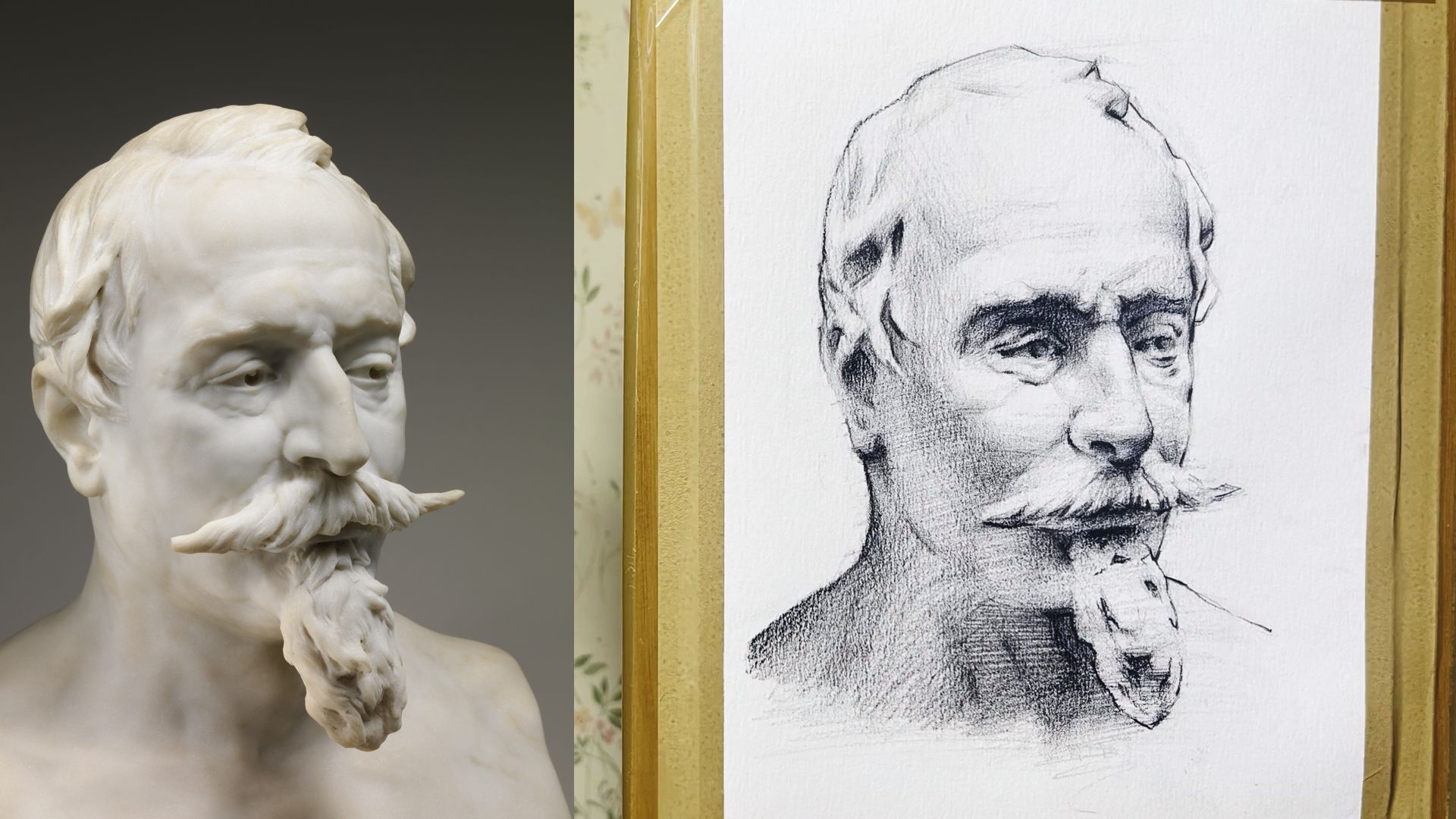
Detailed Study of a Portrait Sculpture in Pencil
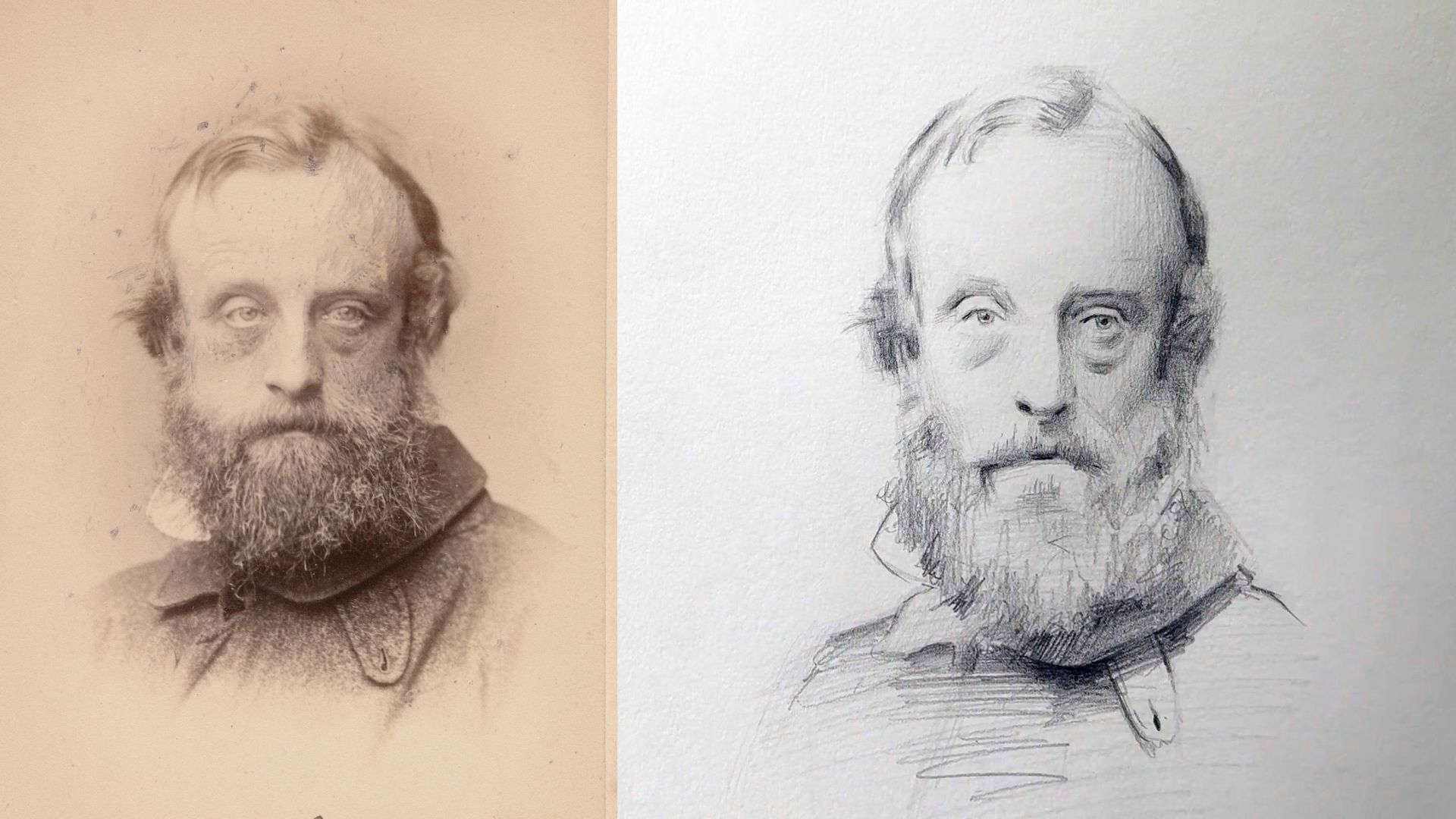
Portrait Sketching in Pencil
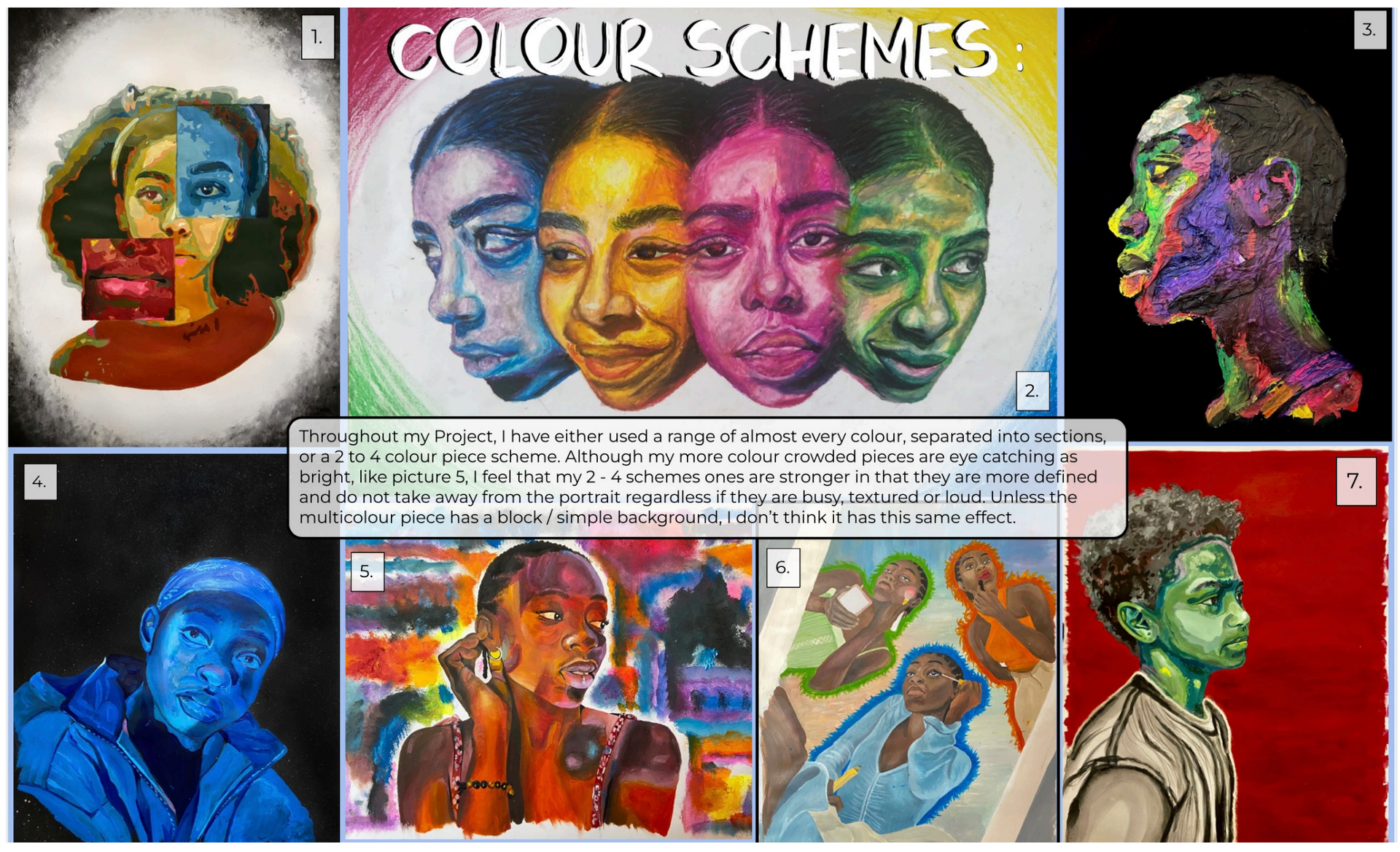
Student Work Portfolios: Sketchbooks from Level 2 Certificate (GCSE EQV) in Art and Design
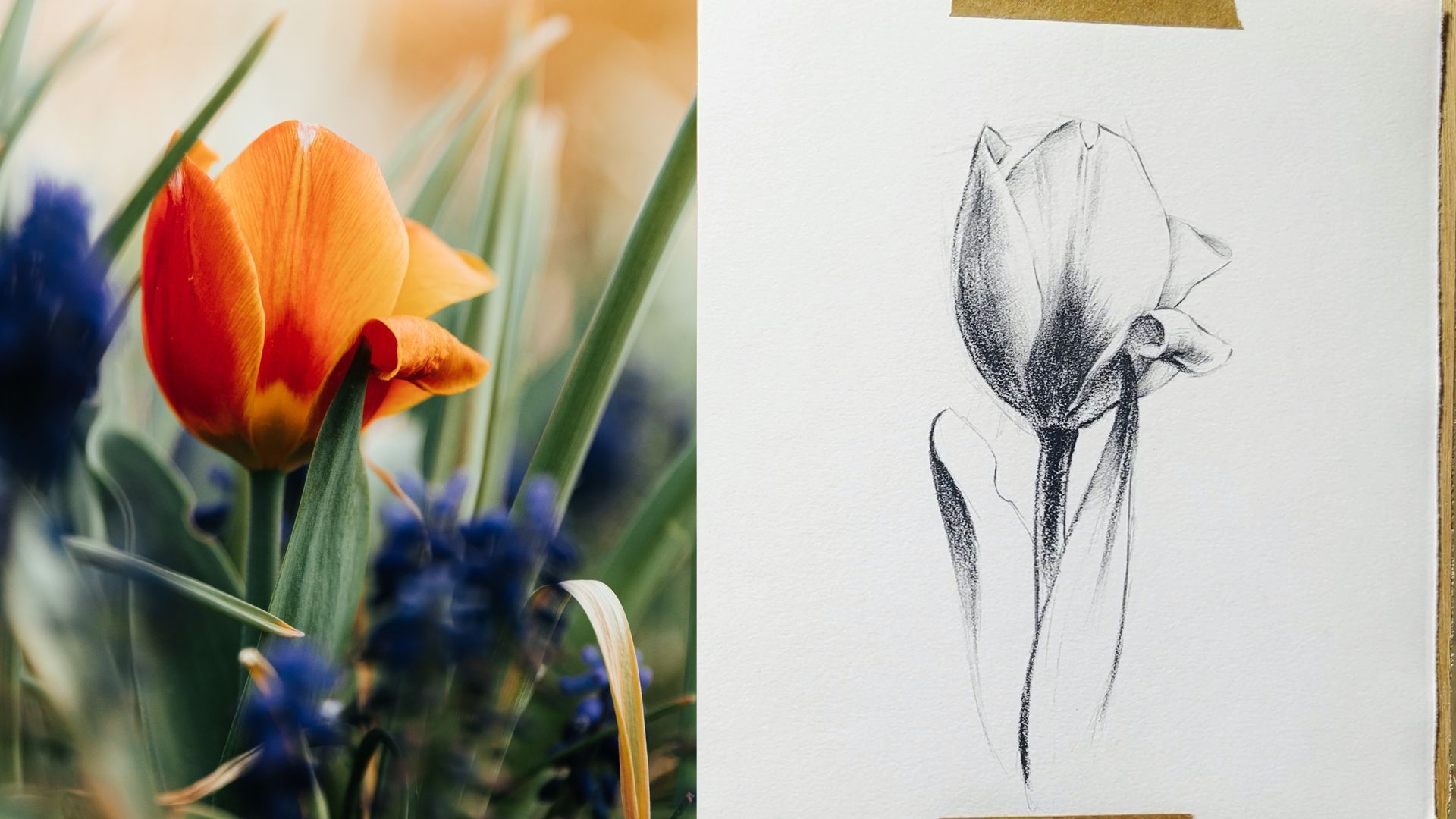
How to Sketch a Tulip

Careers for Visual Artists, Passionate About Working in the Film Industry
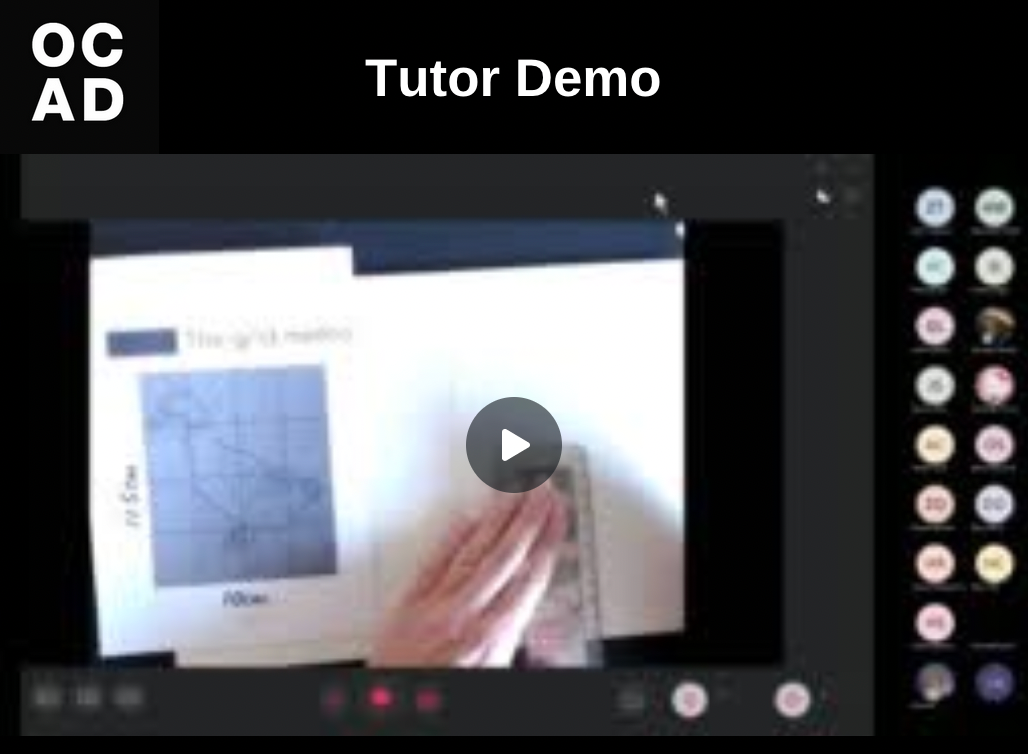
Learning To See! Lesson Demo - Task 1 - Level 2 Certificate in Art and Design
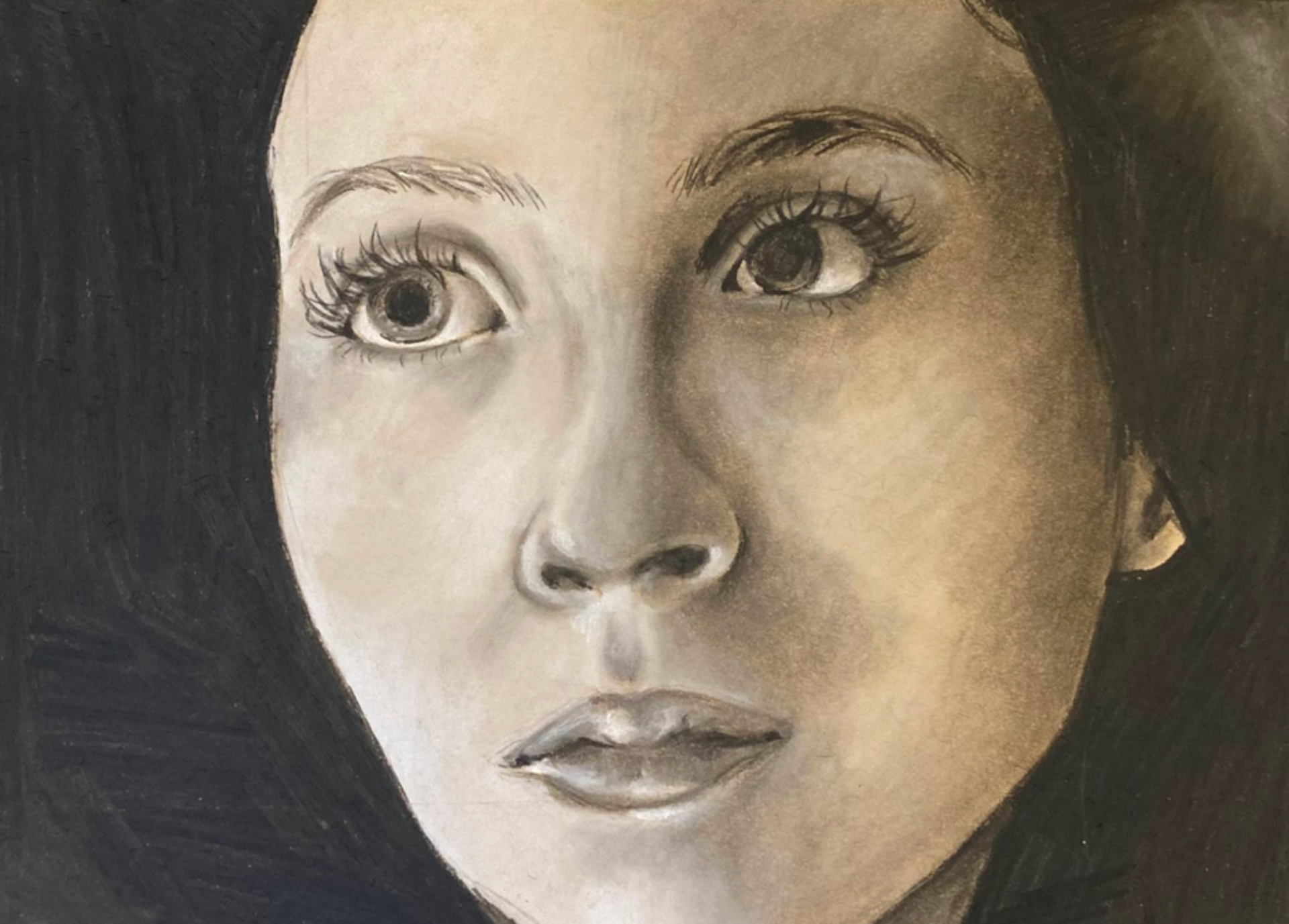
STUDENT PORTFOLIO - Level 2 Art and Design - Task 07 Portraiture
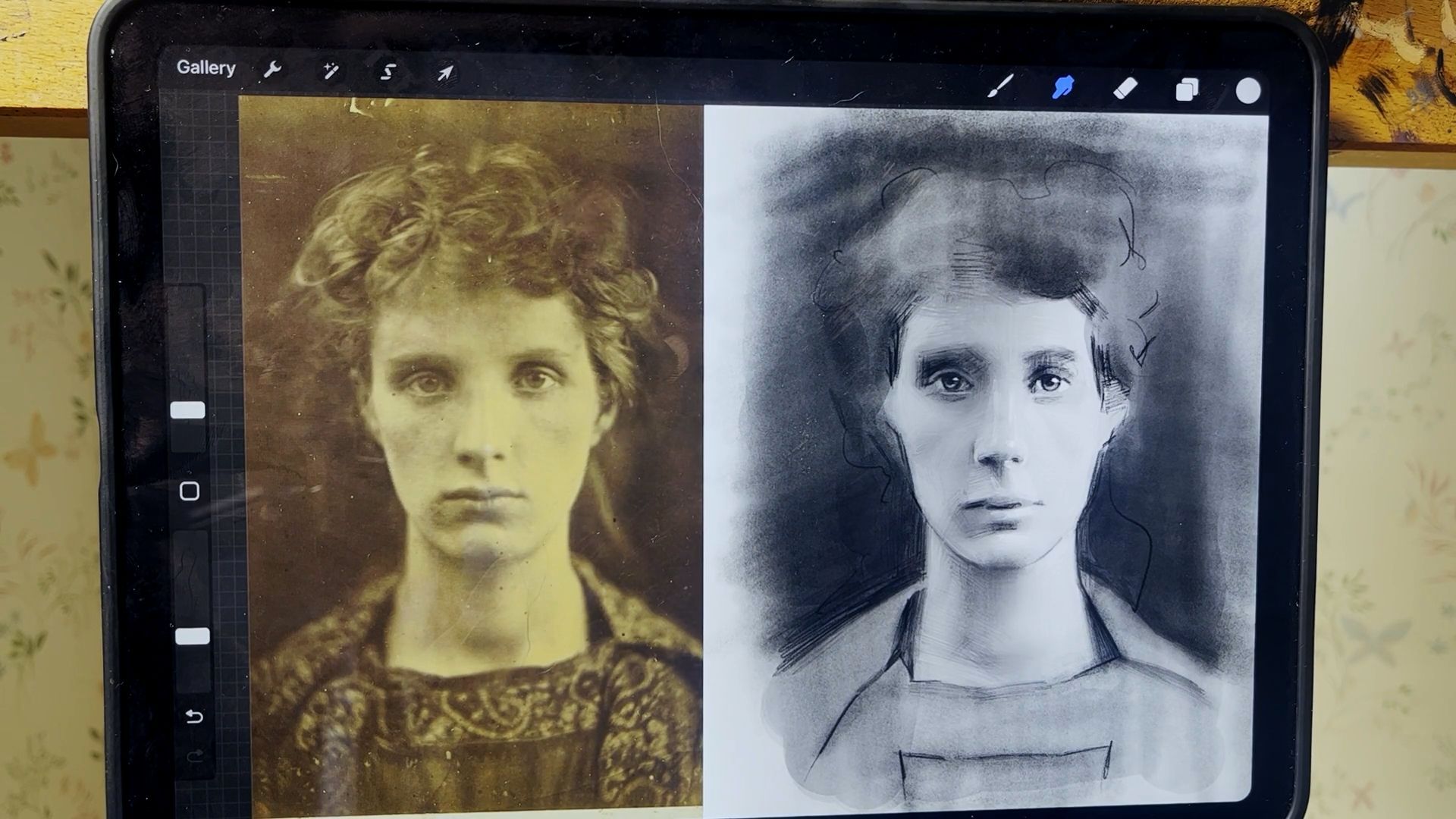
Portrait Sketching with an iPad: Part 1
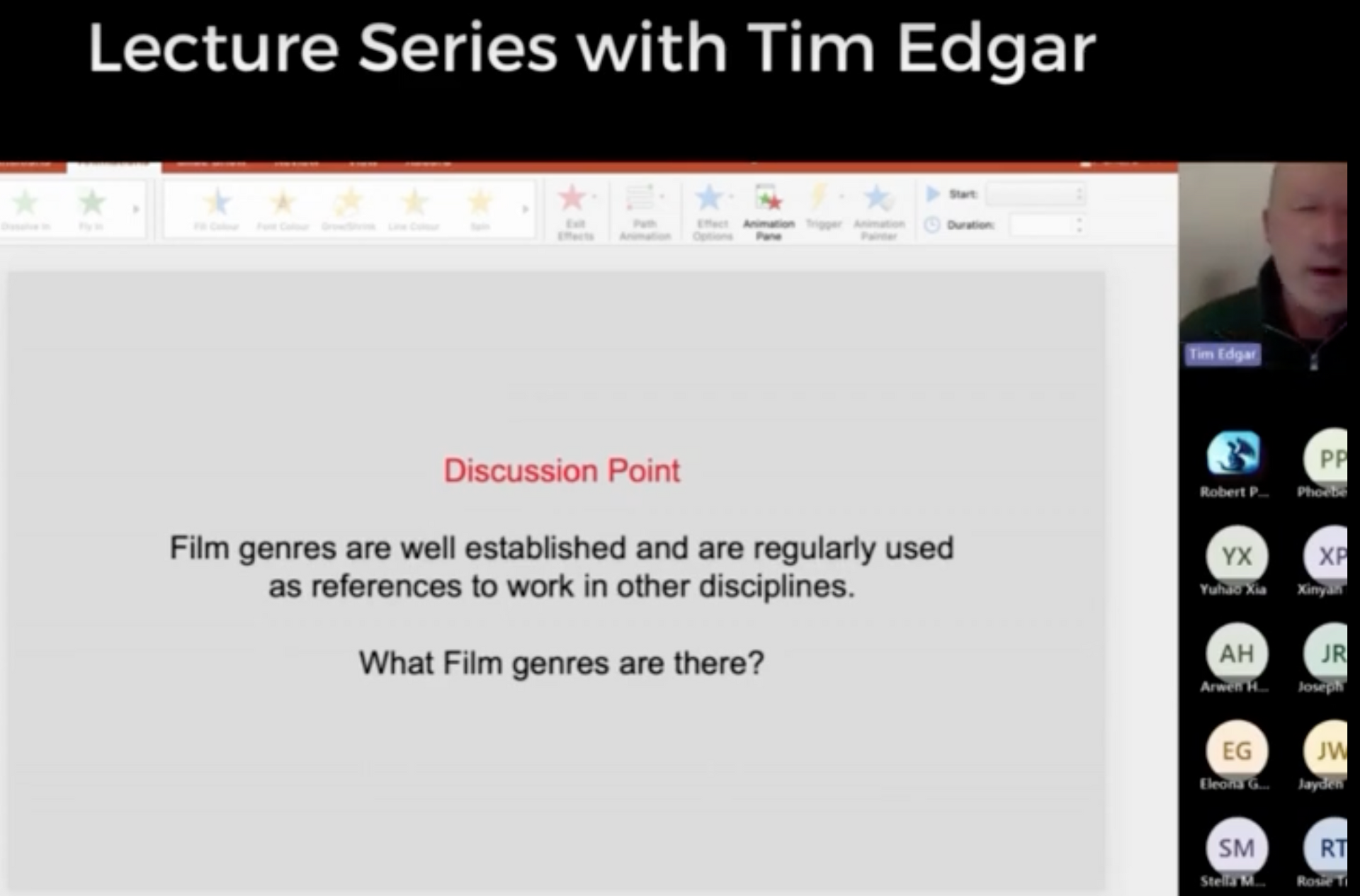
OCAD LECTURE SERIES with Tim Edgar
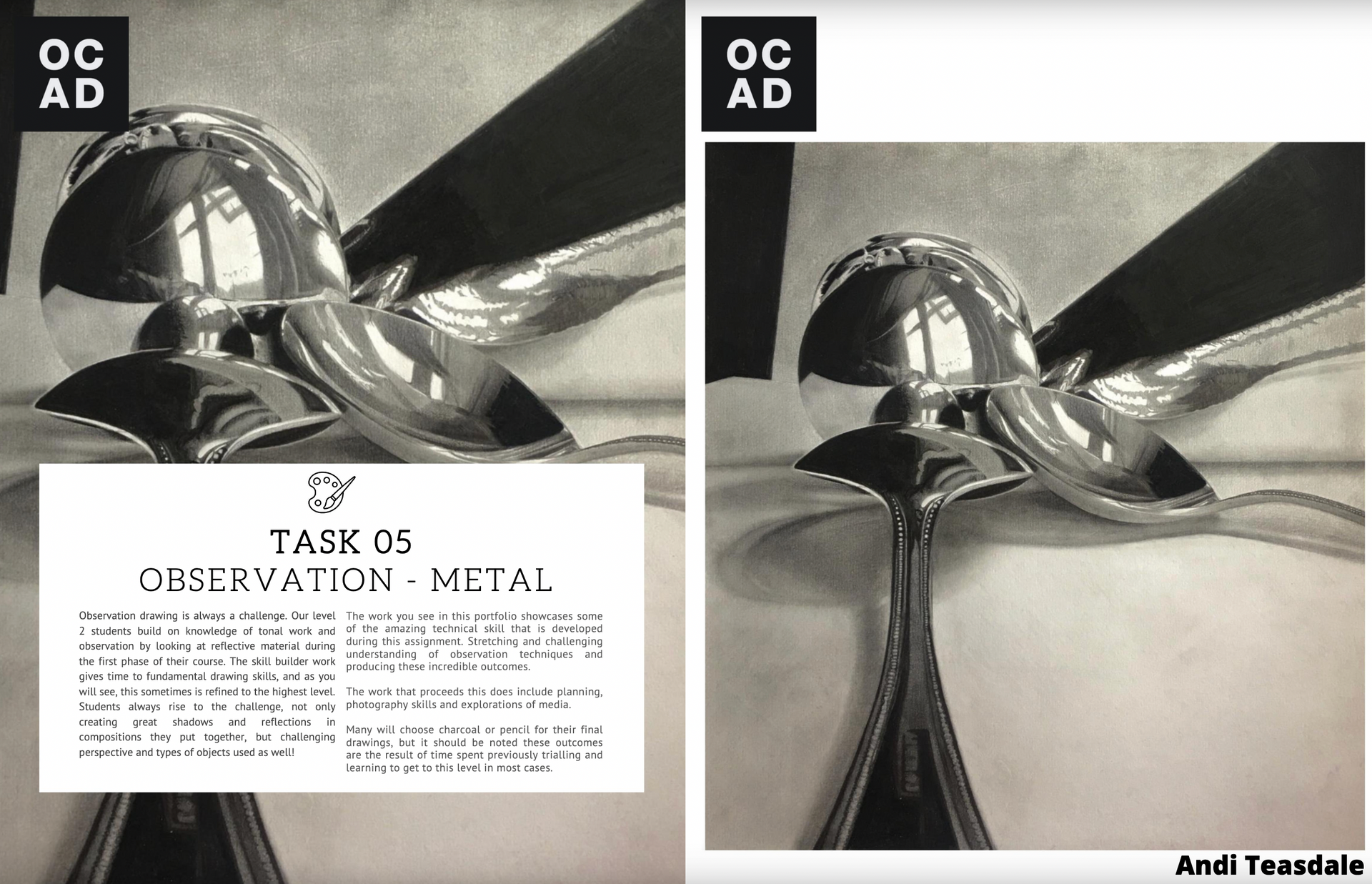
STUDENT PORTFOLIO - Level 2 Art and Design - Task 05 - Observational Drawing: METAL
Fill in our short form ➝
Visit the contact page ➝
Check our 5 Star independent Student/Parent Reviews ➝
Find a Centre
Find an OCAD Centre Near You ➝
OCAD is part of the Cambridge Online Education Group - Company number 06594953
Registered UK Learning Provider 10033485
Cambridge Online Education Ltd
Terms of use | Privacy policy
Website by Cotswold Web.
- AI Content Shield
- AI KW Research
- AI Assistant
- SEO Optimizer
- AI KW Clustering
- Customer reviews
- The NLO Revolution
- Press Center
- Help Center
- Content Resources
- Facebook Group
Unique & Better Art Foundation Personal Statement Example
Table of Contents
When considering a career in the arts, it’s essential to have a well-crafted personal statement to show off your talent and passion. A strong personal statement can set you apart from other applicants and increase your chances of acceptance into your coveted art school. Creating a personal statement that stands out takes time and effort. But a well-written art foundation personal statement example can help organize your thoughts and get you on the right track.
This article will list practical tips to help you write a compelling personal statement and provide an example for inspiration.
What Is an Art Foundation Personal Statement?
An art foundation personal statement is a writing sample that demonstrates your creative and intellectual potential in the field of visual arts. Other personal statements focus on extracurricular experiences or academic achievements. But an art foundation personal statement highlights your aptitude for making and responding to artwork.
Besides showcasing your critical thinking skills and artistic inclinations, a successful statement reflects your interest in the particular program to which you are applying. As such, it is important to research each school’s curriculum before beginning work on your essay.
How to Write a Great Art Foundation Personal Statement
When writing an art foundation personal statement , be sure to keep the following in mind:
- Start by introducing yourself and your art practice. Write a brief description of your artistic inspirations.
- Outline why you’re interested in studying art foundation . Explain what you hope to gain from it and how it will help you achieve your artistic goals.
- Demonstrate your creative skills . Explain how they have developed over time through specific examples of past artwork or projects related to the art foundation studies field.
- Discuss any significant achievements or awards you may have earned related to your art practice. Mention any other noteworthy experiences or encounters that have influenced your work as an artist/designer.
- Finish with a strong statement about why you believe that an art foundation course is the right next step for you. Stress all of the reasons why attending this particular program is essential for achieving your future artistic aspirations.

Art Foundation Personal Statement Example
Here’s an art foundation personal statement example to use as inspiration when writing one for your own. This example has been generated by the amazing AI-powered Hey INK tool.
Art and Design Personal Statement Example
As long as I can remember, art has been a critical part of my life. From the crayon drawings that adorned our refrigerator to the elaborate paintings and sculptures that lined our home, art was always around me. It wasn’t until high school that I was first introduced to design principles. I had the first formal art class, where I truly began to appreciate creation in all its forms.
Since then, I’ve made it a point not just to consume but also to create artwork myself. Whether it’s through painting portraits or composing music compositions, photography or film-making, apparel design or architecture—I love diving into any creative endeavor headfirst. What excites me most about these mediums is how they’re constantly evolving and provide seemingly infinite possibilities for exploration.
One of the things that initially drew me towards studying graphic design specifically is how this field marries creativity with functionality. There’s something so inherently gratifying about solving problems through visual communication. To be able to take something from an idea in my mind and see it manifested physically on paper (or screen) is incredibly fulfilling. And being surrounded by like-minded people who share this passion makes San Francisco State feel like a home away from home.
With my background and passion for art, I feel well-equipped to study Fine Arts at the university level. Moreover, I believe that my skill set goes beyond mere artistic talent. I am confident that I possess key qualities such as creativity, dedication, and perseverance – qualities that are essential for any successful artist or designer.
A strong Art Foundation personal statement is the key to cracking your dream university. Those brave few who succeeded in getting into the prestigious institution of their choice have one thing in common: a stellar personal statement. Use the tips in this post and the personal statement example to write a compelling statement that secures a position in a competitive institution.

Abir Ghenaiet
Abir is a data analyst and researcher. Among her interests are artificial intelligence, machine learning, and natural language processing. As a humanitarian and educator, she actively supports women in tech and promotes diversity.
Explore All Write Personal Statement Articles
How to draft meaningful length of law school personal statement.
Are you confused on how to write a law school personal statement? One of the essential elements of your application…
- Write Personal Statement
Effective History and International Relations Personal Statement to Try
Are you considering studying history and international relations? Or you may be curious about what a degree in this field…
Guide to Quality Global Management Personal Statement
Are you applying for a global management program and want to stand out from the crowd? A well-written personal statement…
How to Draft Better Examples of Personal Statements for Residency
Achieving a residency can be a massive accomplishment for any aspiring medical professional. To secure your spot in one of…
Tips for Drafting a Free Example of Personal History Statement
A personal history statement can be crucial to many applications, from university admissions to job search processes. This blog will…
Writing Compelling Dietetic Internship Personal Statement
Applying for a dietetic internship is a rigorous process and requires submitting a personal statement, which is an essential part…

Guidance from our top admission experts — for free!

- Admit Finder
Discover Past Admits, Gauge Your Chances!
- Shortlist Builder
Personalized University Picks, Just a Click Away.
- Course Finder
Navigate Global Courses Tailored for You
- Scholarship Finder
Unlock Funding Opportunities Worldwide.

Unlock Your Potential!

Get tailored study abroad advice. Sign in for exclusive content!
Love what you're reading?

Sign in to dive deeper with exclusive content, expert advice, and personalized tips that enhance your study abroad knowledge.

Artist Statement of Purpose Examples: Crafting Your Fine Art Personal Statement
When it comes to pursuing a career in fine art, a well-crafted artist statement of purpose can be your ticket to success. Whether you’re applying for an MFA, BFA, or a position in the art world, your personal statement holds the key to showcasing your passion, creativity, and dedication.
In this comprehensive guide, we will dive deep into artist statement of purpose examples, helping you understand how to articulate your love for art effectively and create a compelling personal statement.

Start Your University Applications with Ambitio Pro!
Get Ambitio Pro!
Begin your journey to top universities with Ambitio Pro. Our premium platform offers you the tools and support needed to craft standout applications.
Unlock Advanced Features for a More Comprehensive Application Experience!

Start your Journey today
- The Importance of a Personal Statement
Your personal statement, often interchangeably referred to as a statement of purpose (SOP), is your opportunity to tell your unique story as an artist. It allows admissions committees or potential employers to get to know you beyond your portfolio or resume.
Your personal statement should convey your artistic journey, influences, experiences, and future aspirations. It’s a chance to make a lasting impression and demonstrate why you are a perfect fit for your chosen fine art program or career in the art world.
- Crafting a Captivating Introduction
Personal Statement
Your personal statement should begin with a captivating introduction that immediately grabs the reader’s attention. Think of it as the opening scene in a captivating movie. Here’s an example:
“Art has always been my muse, guiding my life’s path towards creative expression. From the moment I held a paintbrush, I knew that art was more than just colors on a canvas; it was a form of storytelling, a means to connect with the world and express the deepest facets of my being.”
Expressing Your Love for Fine Art
Your introduction should convey your deep-seated love for fine art. You can talk about when and how your passion for art first ignited. Maybe it was a childhood memory of visiting an art museum, or perhaps you had an inspiring art teacher who encouraged your creativity. Sharing this personal connection with art can draw readers into your narrative.
Defining Your Artistic Identity
In the introduction, you should also touch upon what makes your artistic identity unique. What sets you apart as an artist? Do you have a signature style, technique, or theme that defines your work? This is the time to provide a glimpse into what makes your art special.
- Sharing Concrete Examples of Your Work and Experiences
Statement Examples
Once you’ve captured your reader’s attention with a compelling introduction, it’s time to delve into the heart of your personal statement by sharing concrete examples of your work and experiences. This section should showcase your artistic journey and demonstrate your dedication to your craft.
Highlighting Artistic Milestones
In this section, you can mention significant milestones in your artistic journey. These could include exhibitions, awards, or collaborations that have shaped your development as an artist. For instance:
“Over the years, I have had the privilege of showcasing my work in prestigious galleries and museums, such as the Tate Modern in London. These opportunities not only exposed my art to a wider audience but also pushed me to constantly evolve as an artist.”
By highlighting these achievements, you demonstrate your commitment to your art and your ability to thrive in the competitive art world.
Discussing Artistic Influences
Artists are often inspired by the work of others. Share the artists or artworks that have influenced your creative process. You might mention famous painters, sculptors, or contemporary artists whose work resonates with you. Explaining how these influences have shaped your artistic perspective can provide insight into your unique approach to art.
Detailing Your Educational Background
If you’ve pursued formal education in fine art, whether it’s an undergraduate degree, a BFA, or an MFA, this is the place to discuss it. Talk about your academic journey, the courses that had a profound impact on you, and any mentors who guided your artistic growth. Be sure to convey how your education has contributed to your development as an artist.
- Exploring Specific Interests and Influences
Art and Design Personal Statement
Art is a vast and diverse field, and this section allows you to explore your specific interests and influences in greater detail. Whether you’re passionate about painting, sculpture, graphic design, or any other art form, here’s where you can delve into the heart of your creative focus.
Passion for a Specific Art Form
Share your deep-seated passion for your chosen art form. Explain why you are drawn to it and how it allows you to express yourself. For example:
“My fascination with seascapes and the fragility of nature has been a recurring theme in my work. It’s a subject that allows me to explore the vastness and immensity of the natural world while conveying its fragility.”
Artistic Inspirations
Discuss the artists or movements that have had a profound impact on your work within your chosen art form. Whether it’s the abstract expressionism of Jackson Pollock or the precision of Renaissance art, detailing these influences adds depth to your personal statement.
Your Creative Process
Take the reader on a journey through your creative process. How do you approach your work? Do you start with sketches, embrace spontaneity, or meticulously plan each piece? Sharing your process can provide insight into your artistic mindset.
- Articulating Your Goals and Aspirations
Fine Art Personal Statement
Your personal statement should not only reflect on your past but also look to the future. What are your artistic goals and aspirations? Where do you see yourself in the art world? This section allows you to articulate your vision and ambition as an artist.
Short-Term Goals
Discuss your immediate goals within the art world. Whether it’s participating in specific exhibitions, collaborating with fellow artists, or mastering a new technique, these short-term objectives reveal your drive and commitment.
Long-Term Aspirations
Take a broader view and share your long-term aspirations. Do you dream of curating your own gallery, teaching art to the next generation, or becoming an internationally recognized artist? Expressing these ambitions paints a vivid picture of your future in the art world.
Why This Program or Career?
If you’re applying to a specific program, be it an MFA or a job opportunity, explain why it’s the perfect fit for your artistic journey. Mention how the program’s curriculum, faculty, or mission align with your goals.
- Tailoring Your Statement for MFA and BFA Applications
MFA and BFA
Depending on whether you’re applying for a Master of Fine Arts (MFA) or a Bachelor of Fine Arts (BFA) program, there are specific elements to emphasize in your personal statement.
MFA Program Emphasis
For MFA applicants, emphasize your commitment to furthering your craft and the advanced level of artistry you bring to the table. Discuss your readiness for the intensive program and your eagerness to engage in critical discourse with fellow artists.
“Enrolling in the MFA program at [University Name] is a natural step in my journey to become a professional artist. I am ready to immerse myself in a community of dedicated artists, engage in rigorous critiques, and push the boundaries of my creative practice.”
BFA Program Emphasis
Similarly, BFA applicants should convey their passion and readiness to embark on their educational journey. Highlight your enthusiasm for learning and your willingness to explore various aspects of fine art.
“I am eager to embark on the BFA program, where I can continue to refine my graphic design and photography skills. This program’s focus on nurturing emerging artists aligns perfectly with my goals of honing my craft and exploring new artistic horizons.”
- Showcasing Your Love for Art History
Art History
For those with a passion for art history, your personal statement should reflect your deep love for the subject and your desire to explore its intricacies.
Unearthing Art Historical Insights
Share your favorite periods, artists, or art movements within the scope of art history. Discuss why you find these aspects particularly fascinating and how they have influenced your perspective.
“Art history has been my guiding light in understanding the evolution of artistic expression. I am particularly captivated by the Romantic period and its emphasis on emotion, individualism, and nature, as seen in the works of artists like Caspar David Friedrich.”
Academic Pursuits
If you’re applying for graduate studies in art history, discuss your academic interests and the areas of art history you wish to explore further. Mention any research projects, papers, or presentations that showcase your dedication to the field.
“ During my undergraduate studies, I delved into the complexities of American art history. My thesis on the impact of Abstract Expressionism on post-war American society was a testament to my commitment to scholarly pursuits in this field .”
- Conclusion: Crafting Your Artistic Narrative
Crafting a compelling artist statement of purpose is an art form in itself. By drawing inspiration from these examples and infusing your personal experiences, you can create a statement that reflects your passion for fine art.
Remember, your personal statement is your opportunity to shine and convey why you are a perfect fit for your chosen fine art program or career in the art world.
In closing, let your personal statement be a testament to your love for art and your unwavering commitment to the world of creativity. Use it as a canvas to paint your story, one brushstroke at a time, and let your passion shine through every word. Your artistic journey begins with your statement of purpose, so make it a masterpiece.
With this comprehensive guide, you now have the tools and inspiration to craft a personal statement that leaves a lasting impression and sets you on a path toward success in the world of fine art. Embrace your creativity, share your story, and let your love for art guide you on this incredible artistic journey.
What should I include in my artist statement of purpose?
Your statement should cover your artistic journey, influences, experiences, and future aspirations. Use concrete examples to illustrate your passion for fine art.
How long should my personal statement be?
Aim for a concise statement, typically around 500-800 words. Be sure to follow any specific word limit guidelines provided by the institution or program.
Can I use samples of my work in my statement?
Absolutely! Including images or descriptions of your work can add depth to your statement and showcase your artistic abilities.
Should I mention specific artists or artworks that inspire me?
Yes, mentioning artists or artworks that have influenced you can provide insight into your artistic perspective and passion.
How important is the artist statement in the application process?
Your personal statement is a crucial component of your application. It allows admissions committees to understand your unique voice, passion, and suitability for their program.
Spread the Word!
Share across your social media if you found it helpful

Table of Contents
- • The Importance of a Personal Statement
- • Crafting a Captivating Introduction
- • Sharing Concrete Examples of Your Work and Experiences
- • Exploring Specific Interests and Influences
- • Articulating Your Goals and Aspirations
- • Tailoring Your Statement for MFA and BFA Applications
- • Showcasing Your Love for Art History
- • Conclusion: Crafting Your Artistic Narrative

Recent Blogs

How to Write a Successful Statement of Purpose: A Comprehensive Guide

How to Write a Statement of Purpose for Early Childhood Education

Crafting Your Economics Personal Statement: Expert Tips from the Student Room with a Focus on Cambridge and LSE
Let us make sure you get into the best.
Phone Number
eg. Fall 2024
- 2024 Winter
- 2024 Spring
- 2024 Summer
Enter verification code
Code was sent to
Resend OTP (30s)

- Our Experts
Connect with us on our social media
Personal statement advice
Your personal statement.
As part of your application to UCA - or any university - you'll need to write a personal statement. This is a really crucial part of the process as it tells us so much about you and gives you a chance to show us why you'd be a great fit for your chosen course.
What you put into your statement, and how, is really crucial - here's our advice on how to make your statement really count.
Research, research research!
We want to know why you want to study the course you've chosen, how it'll enrich your learning and future career, and also why you think UCA is an ideal place for you. So it's really important you do plenty of research to support your statement. Ask yourself the following questions as you go, and use what you find to build your statement.
- What are your interests in the subject area? Why do you want to come and study the course?
- Why do you think you’re the ideal applicant for this course? Include any skills or work you have done that supports this.
- Why would you like to study at UCA? How do you think you’ll benefit from joining our community?
- What is it particularly about UCA and the course here which appeals to you?
- What are your future career goals, where do you hope to be at the end of the course and in the future, and how will studying at UCA help you to achieve these goals?
Great personal statements also include a bit of your personality - put your stamp on it by including any experiences you've had that are relevant to the course you want to study, any work experience, any transferable skills you have, and your hobbies and interests.
It would also be good to see your critical thinking skills.
Keeping the reader gripped...
As with all great stories, there's a beginning, a middle, and an end - and the same goes for your personal statement.
Start your statement with an introduction about you - who you are, why you want to study your chosen course at UCA.
The middle section is the crucial part that contains all the information you want to tell us about your experiences, previous studies and skills that make you suitable for the course.
Finish up with more about yourself - your hobbies and interests.
Finally, make sure your writing has a good structure, with accurate spelling, grammar and punctuation. Read it out loud to test it, and don't forget to make sure everything you say relates to the course you’re applying to and your chosen career path.
- Colleges and Institutes
- Accessibility --> Accessibility tools
- --> Subjects -->